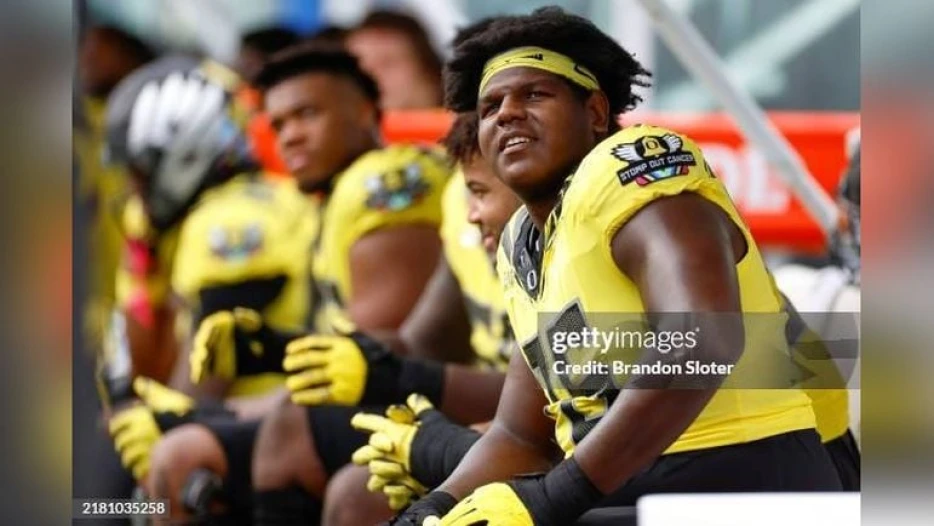
 Big Blue View
Big Blue View
Can Taylor live up to his father’s legacy?
Every year it seems that we’re seeing the sons of NFL greats enter the NFL draft.
This year one of those cases is LSU’s Mason Taylor, who will be attempting to step out of the shadow of one of the best pass rushers in NFL history — his father Jason Taylor.
Mason, however, won’t exactly be walking in his father’s footsteps as an edge defender hunting quarterbacks. Instead, he’ll be on the other side of the ball and trying to be his future quarterback’s best friend at tight end.
This year’s tight end class is shaping up to be a good one, with great talent at the top as well as fantastic depth throughout. And while Mason isn’t quite at the top of the depth chart, he’s one of the tight ends just half a step behind. The New York Giants might not need a tight end, but we’ll take a close look at Taylor anyway.
Prospect: Mason Taylor (86)
Games Watched: vs. South Carolina (2024), vs. Ole Miss (2024), vs. Texas A&M (2024), vs. Alabama (2024)
Height: 6-foot 4 7/8 inches
Weight: 250 pounds
Arm length: 32 7/8 inches
Hand size: 9 7/8 inches
Best traits
Taylor is a good-sized and remarkably versatile tight end prospect.
He has prototypical size for the position at 250 pounds and just under 6-foot-5. His size belies a silky-smooth athleticism and surprising grace in space for a bigger skill position player. Taylor has good speed, agility, quickness, and balance as an athlete, which makes him both a dangerous receiving option as well as able to line up in a huge variety of positions.
LSU used Taylor all over its offense, from the backfield as an H-back, to a traditional tight end, to the slot, and even as a wide receiver. He was regularly lined up out wide and used as a receiving threat down the field, not just as a blocker in space or a safety blanket for the quarterback.
Taylor is a smart, detailed route runner who ran a full route tree from wherever he lined up. He also shows a clear understanding of offensive route concepts and how he fits into them. Taylor understands how to use his size to create traffic for defenders, as well as how to use his routes as a weapon when he’s in the read progression. He has surprisingly crisp breaks for a big receiver and is able to separate out of his breaks or settle into voids in the defense.
He does a great job of locating the ball in the air, tracking it down the field, and making necessary adjustments. Taylor is a natural “hands” catcher who flashes late hands, and is also comfortable extending and contorting to maximize his catch radius. He’s willing to take on contact and knows how to box out defenders at the catch point....